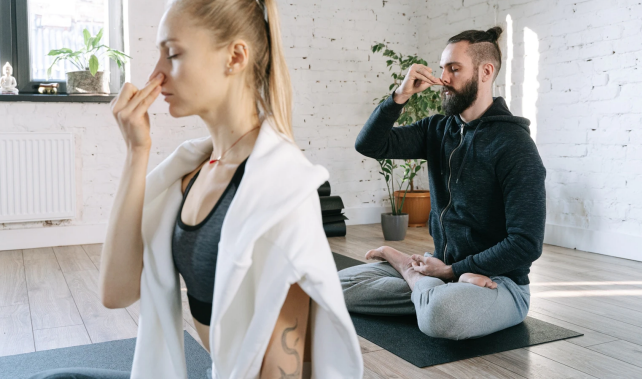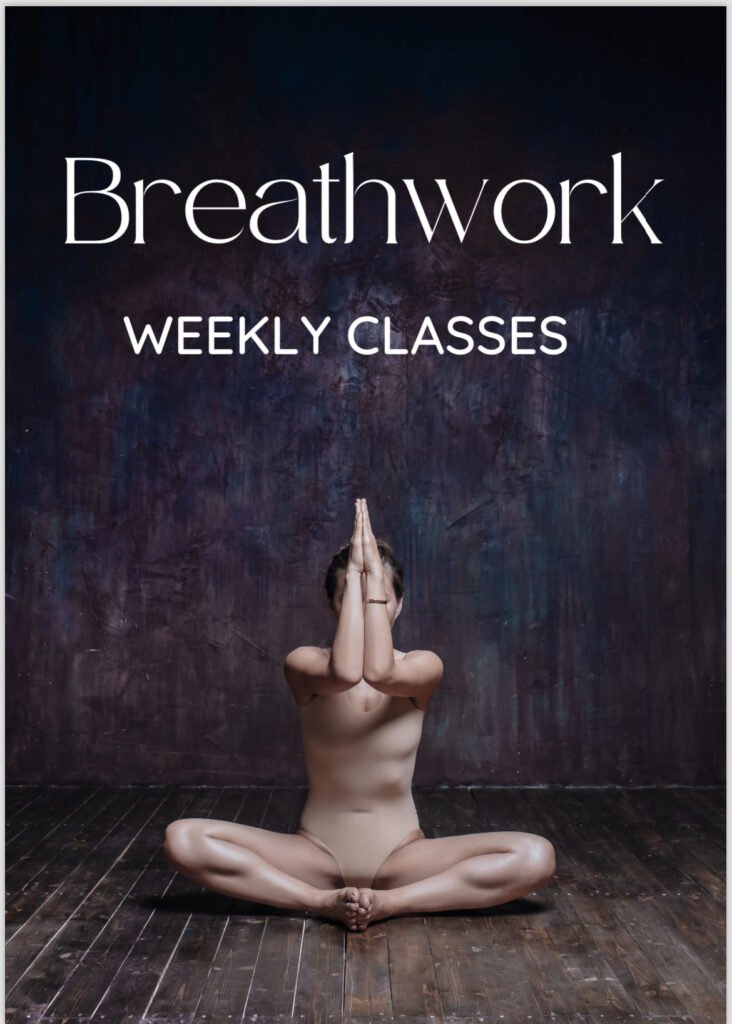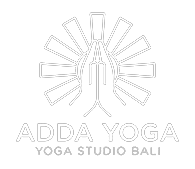Breathwork or Pranayama Bali

Breathwork or Pranayama Canggu, Bali

Pranayama is the breath regulation practice. It’s a significant constituent of yoga, a mental and physical wellness practice. Breathing is intentional and controlled, specifically for meditation, relaxation, or therapeutic purposes.
Yoga is the physical and philosophical discipline 5,000-year-old from India that uses pranayama or breathwork and asanas or postures to bring the mind and body together. Breathing exercises include: slowing down, deepening, quieting down, and regularising your breathing whenever you think about it; deepening the breathing exhalation phase by gripping extra space out of the lungs after every inhalation and focusing your concentration on the breath for a more extended period.

Origin and history
Pranayama is claimed to have originated in ancient India, around the sixth and fifth century BCE, and is linked to the roots of yoga. Early yoga literature such as Patanjali’s Yoga Sutras, Bhagavad Gita, and Hatha Yoga Pradipika reference pranayama.
How it works
Pranayama is a breathing technique that comprises exercises and patterns. You deliberately inhale, expel, and hold your breath in a particular order. Pranayama is combined with other yoga activities such as physical postures (asanas) and meditation in yoga (dhyana).
When to perform it: You can practice this breath for up to ten minutes at any time of day. It’s also a good mix with an asana practice.
What’s happening during a class session
A typical session begins with asana, progresses to pranayama, and finally to seated meditation. Swami Karunananda, a senior Integral Yoga teacher, argues that a hatha yoga class in the Integral Yoga method “systematically pushes the practitioner further.” “Asana is body meditation, pranayama is breath meditation, and then we work directly with the mind, with the ultimate goal of transcending body and mind and experiencing the greater Self,” says the author. Students are told when to inhale and exhale while doing asana, but no further breath manipulation is introduced. Students sit in a comfortable cross-legged stance with their eyes closed for the pranayama phase of the practice, which can last up to 15 minutes of a 90-minute session.
Benefits
Various pranayama techniques such as bhramari, kapal bhati, nadishodhana, ujjayi, and bhastrika help us develop control over our breath, relieve tension, and provide our bodies with the oxygen they require. Daily pranayama practice can improve immunity, calm you down, and detoxify your body.
Adda Yoga Bali offers pranayama and various breathwork classes. We look forward to meeting you at the studio and participating in Bali activities. Here are some of the events we’ve experienced and other ways to get involved in the community.





PRIVATE BREATHWORK CLASSES IN BALI
✔️ Let the instructor come to your villa
Experience the profound benefits of private breathwork sessions at ADDA YOGA, your premier destination for holistic wellness in Canggu, Bali. Dive deep into the art of conscious breathing with our skilled instructors, who will guide you through personalized sessions designed to enhance relaxation, reduce stress, and foster inner harmony.
At ADDA YOGA, we believe in the transformative power of breathwork to promote physical, mental, and emotional well-being. Through intentional breathing techniques, you can unlock a deeper connection with your inner self, release negative energy, and cultivate a sense of peace and clarity.
Nestled in the tranquil beauty of Bali’s Canggu region, ADDA YOGA offers the ideal setting for your private breathwork experience. Let the gentle sounds of nature and the soothing tropical surroundings inspire you as you embark on a journey of self-discovery and healing through the power of breath.
Embark on a path to holistic wellness with ADDA YOGA’s private breathwork sessions. Book your session today and immerse yourself in the transformative practice of conscious breathing in the heart of Bali’s spiritual hub, Canggu.

